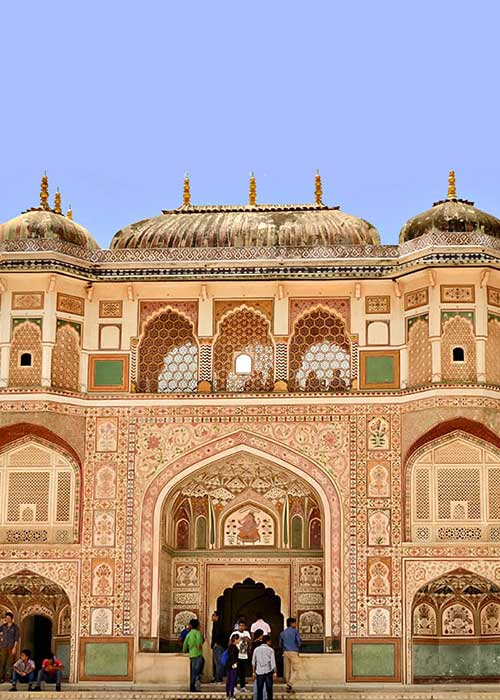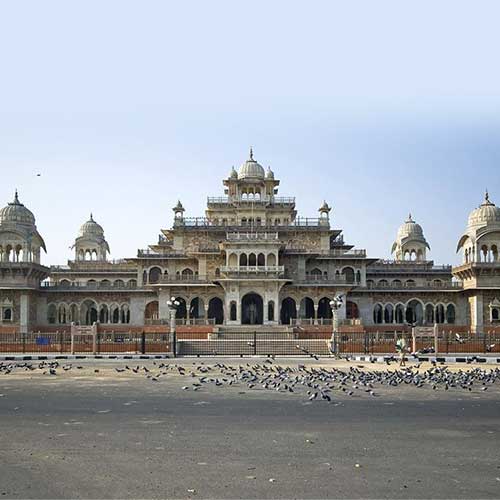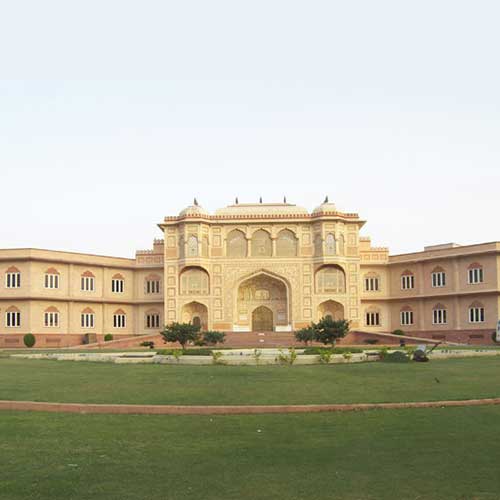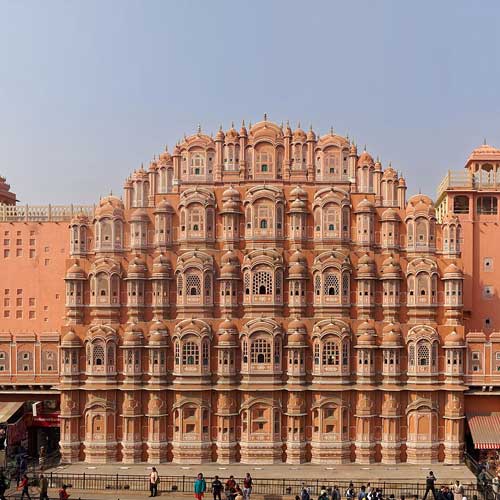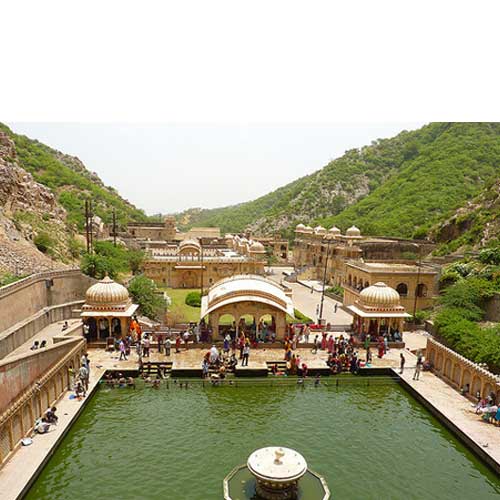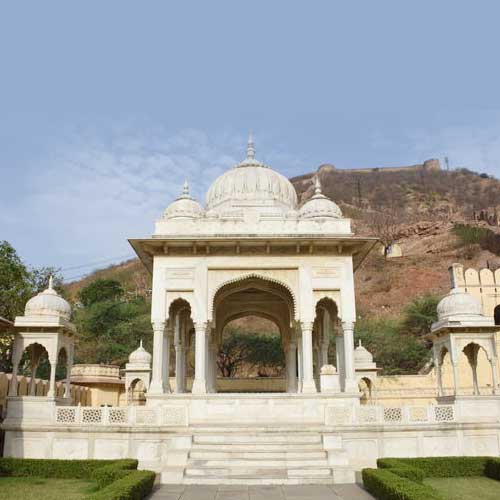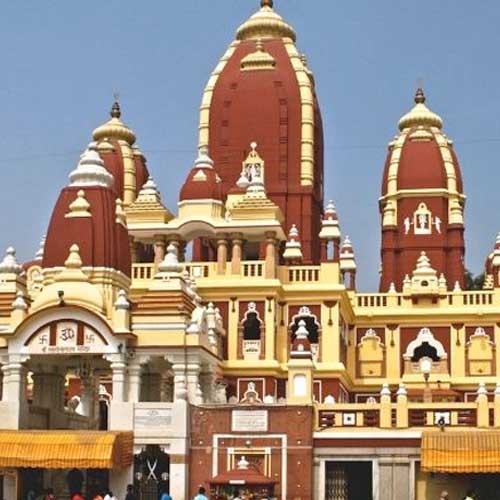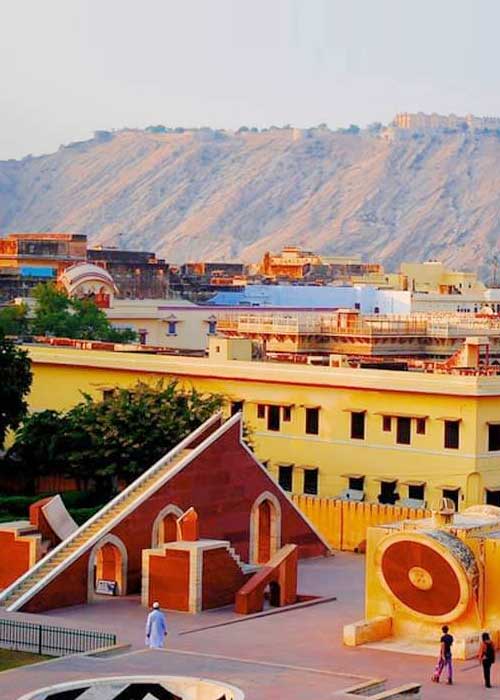About Jaipur
- Jaipur also popularly known as the Pink City, and is the largest city located in the semi-desert lands of Rajasthan. The city which once had been the capital of the royalty now is the capital city of Rajasthan.
- Jaipur was founded in 1727 by Maharaja Sawai Jai Singh II who ruled from 1699-1744 and initially his capital was Amber, which lies at a distance of 11 km from Jaipur. He felt the need of shifting his capital city with the increase in population and growing scarcity of water.
- The King consulted several books on architecture and architects before making the layout of Jaipur.
- Finally under the architectural guidance of Vidyadar Bhattacharya, (initially an accounts-clerk in the Amber treasury and later promoted to the office of Chief Architect by the King) Jaipur came into existence on the classical basis of principles of Vastu Shastra and similar classical treatise.
- It is part of the Siwalik Hills ranges. It is 220 kilometres from the nearest city Guwahati and is also the district capital of the West Garo Hills district. It is filled with small rivulets and green valleys all around.
- The principal languages are Garo, ( Hajong language/Hajong ), Koch language/Koch, Bengali, Hindi and English. In 1973, the town was made the seat of the Roman Catholic Diocese of Tura.
- After waging several battles with the Marathas, Maharaja Sawai Jai Singh II was keen on the security aspect of the city.
- Being a lover of Astronomy, Mathematics and Astrophysics, Jai Singh sought advice from Vidyadhar Bhattacharya, a Brahmin scholar of Bengal, to aid him to design many other buildings including the Royal Palace in the center of the city.
- The construction of the city started in 1727. It took around 4 years to complete the major palaces, roads and square. The city was built following the principles of Shilpa Shastra, the science of Indian Architecture.
- The city was divided into nine blocks, of which two consist the state buildings and palaces, with the remaining seven allotted to the public.
- Huge fortification walls were built along with seven strong gates. The very structure of Jaipur resembles the taste of the Rajputs and the Royal families.
- At present, Jaipur is a major business centre with all requisites of a metropolitan city. Makar Sankranti, Gangaur, Elephant Festival, Teej are some of the famous festivals.
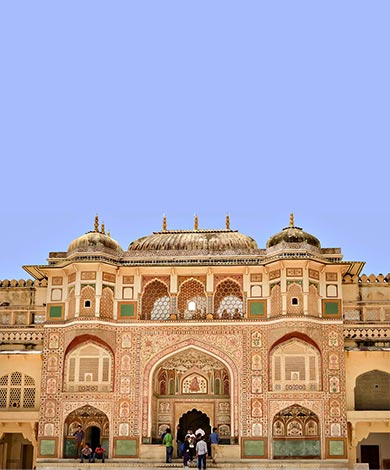
How to Reach Jaipur
By Air
Jaipur has an airport called Sanganer, 15 kms from the city, which connects Jaipur to all major airports in India through direct flights. It has regular flights to Delhi, Kolkata, Mumbai, Ahmedabad, Jodhpur and Udaipur.
By Road
The bus service between Jaipur to Delhi by Rajasthan State Road Transport Corporation with buses approximately every half an hour both sides. There are several types of buses including Deluxe, AC and the superior AC Volvo buses. From Delhi you can board the bus from Bikaner House on Pandara Road next to India Gate. From Jaipur you can board the bus from Narayan Singh Circle or the main Sindhi Camp bus stand.
By Rail
Jaipur has a railway junction, which connects Jaipur with the metros and all the major cities of India. Apart from these trains, a specialty train called 'Palace on Wheels', which leaves from Delhi and connects a number of tourist attractions. Other trains are the Shatabdi Express and the Intercity Express.
